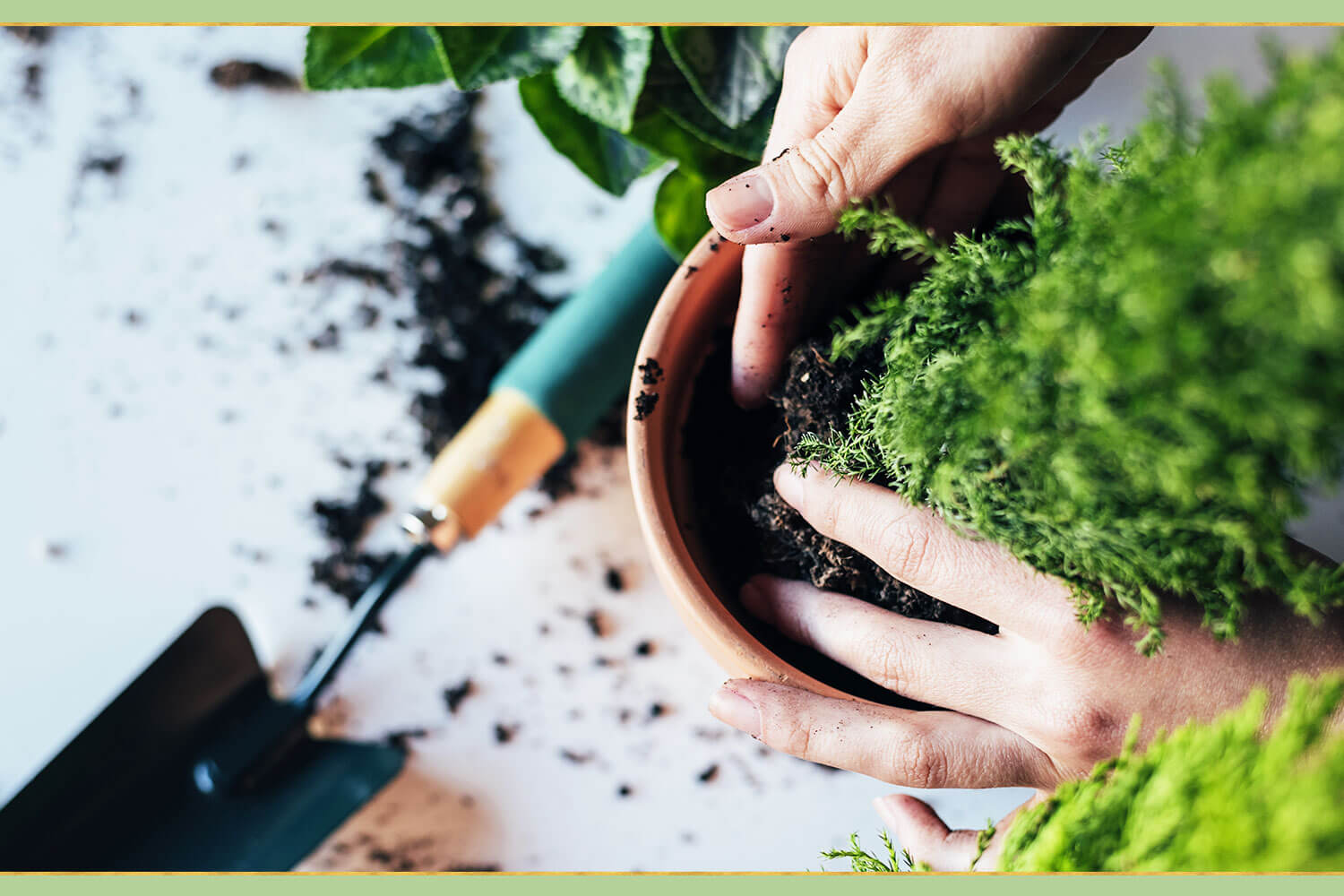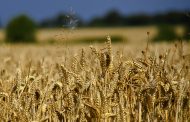When to remove the shelter from the grapes and how to properly graft it? How to feed grapes from spring to autumn? What drugs to treat the culture against diseases and pests? We will give you answers to these and other questions below.
Kyiv. Ukraine. Ukraine Gate – April 14, 2021 – Agriculture
During the growing season, grapes constantly require the attention of the gardener. Annual treatments, fertilization and pruning, systematic grafting and grafting, regulated watering, and proper shelter – it is difficult to keep in mind the frequency of all these measures. Therefore, in order not to forget anything, we have collected all the mandatory work related to growing grapes in one material.
March
If the weather allows, start pruning non-covering grape varieties. But before the buds on the bushes swell, it is important to finish it – later active sap flow will begin. Then pruning can lead to “weeping vines” and drying of the bush. If you still missed the right moment and the plant “cried”, lubricate the failed cut with paste (Early No, BlagoSad, Resin, etc.)
If the sun is warm during the day and the temperature drops below -5 ° C at night, do not remove the shelter from the grapes permanently and put it back in place at night.
It should be remembered that the shelter from the grapes in the middle lane is finally removed after about April 10. Therefore, provided that there is a slight frost at night, you can open the grapes, but a week not to get it out of the trench. This way you will protect the vine from sharp winds and temperature fluctuations, but it will get the right amount of sunlight and air.
April
Wait for a stable positive temperature and finally remove the shelter from the grapes. Before the beginning of active sap movement, prune the vine, removing dry and diseased branches, as well as make preventive treatment of the crop from diseases and pests. To do this, use a 2% solution of copper sulfate or Bordeaux liquid. Also at this time, the vine can be treated with a 2% solution of ferrous sulfate. Against ticks, grapes are treated with drugs Fitoverm, Fufanon-Nova, Apollo, ALIOT, and others.
During pruning, cut woody grape cuttings, soak them in rain, or meltwater with dissolved root stimulant (Heteroauxin, Korenevin, KoreneStim) for 1-2 days. Then send the rooted cuttings for growing in individual containers.
During the swelling of the kidneys, the vineyard is treated against mildew, anthracnose, powdery mildew, and other diseases. Drugs: Bordeaux liquid, Abiga-Peak, OxyHOM, Medea, Skor, Pharmacist, Sporobacterin, Trichocin, Baktofit.
In the swelling phase of the kidneys also carry out root feeding of grapes. To do this, use 90 g of urea, 60 g of superphosphate, and 50 g of potassium sulfate. They are separately dissolved in water, then poured into one container and bring the volume of liquid to 40 liters.
Mineral nitrogen fertilizer can be replaced by a bucket of 10% solution of mullein or 5% solution of bird droppings.
May
From the middle of the month, start hardening the cuttings that grow in containers, taking them outside first in a shady place, and then – in the sun. And after 5-7 days, plant them in open ground, pre-preparing planting holes and making them during planting fertilizer: 20 kg of roasted organic matter, 1.5 kg of wood ash, and 150 g of complex fertilizers, such as nitroammophoska.
Before flowering, feed the adult plants by pouring them under the roots of 120 g of ammonium nitrate, 160 g of superphosphate, and 80 potassium sulfate for each adult bush. After a while, spray the leaves with a solution of 40 g of urea, 50 g of superphosphate, 30 g of potassium sulfate, and 5 g of boric acid. These components are also separately dissolved in water, then poured into one container, bring the volume of water to 10 liters.
Feeding grapes can be combined with watering. In the first year, the vine is moistened every 15 days at the rate of 5-10 liters per bush (during hot weather – more often). In the second and subsequent years – with the same frequency, moistening the soil by at least 40 cm. The exception is the flowering phase. During this period, as well as two weeks before harvest, watering is stopped for a while.
After flowering plants, 40 g of urea, 50 g of superphosphate, 30 g of potassium sulfate, and 5 g of boric acid dissolve separately in water, then pour into a container, add 10 liters of water, strain and spray the plants on the leaves.
For regions with short summers, additional root fertilization is additionally carried out. To do this, make 60 g of superphosphate, 30 g of potassium sulfate, and a solution of trace elements (Master, Aquarin, Plantafol, Novofert, Kemira) according to the instructions.
Repeat preventive spraying in the period from bud burst to the appearance of 3-5 leaves on the shoot, and then – on the eve of flowering.
June
At this time, the bush grows green mass and becomes heavier. Therefore, it is necessary to regularly tie it to the wallpaper and step by step. Depending on the density and height of the vine, choose one of several types of wallpaper: single-plane or double-plane wallpaper, arc, decorative wallpaper, and others.
During the stepdaughter, leave a pair of leaves on each stepdaughter, pinching the point of growth. On stepsons of the first and second-order, leave one leaf each, and pinch the top. If the space of support allows, then leave four leaves and shorten these shoots only if the stepchildren of the second order.
July
At the beginning of ripening berries feed the vine leaves 40 g of superphosphate and 20 g of potassium sulfate, dissolving the drugs in 10 liters of water. During fruiting, spray the plants directly on the berries with an infusion of wood ash, as well as diluted whey.
During the ripening of berries, remove the leaves that shade the bunches. Carefully inspect the plants so as not to miss the first signs of disease and the appearance of pests.
Remember that if diseases are detected, only bio fungicides (Sporobacterin, Baktofit), manganese solution (5 g per 10 liters of water), ash infusion (200 g per 10 liters) can be used for plant treatment at this time. To stimulate the protective functions of plants, you can use the biological product Immunocytophyte.
And against pests, it is allowed to use drugs that do not have phytotoxicity – Fitoverm, Lepidocid, Bitoxybacillin, as well as folk remedies: infusion of tobacco leaves, infusion of garlic or ash.
August
The first harvest of early grape varieties is harvested in July, but their main harvest usually begins in August. The bunches are carefully cut with scissors. In order to help the crop ripen, all the stepsons are removed from the vines, as well as the top shoots, which are fattening.
The tops of the shoots are pruned after the growth of shoots stops. You need to cut the upper part, which is about 40 cm long (with 6-8 upper leaves).
Fertilize medium and late varieties with phosphorus-potassium fertilizers (according to the instructions). You can spray the plants with an infusion of wood ash or diluted serum directly on the berries.
September
Continue harvesting: in the first month of autumn, medium-ripe and late grape varieties are harvested.
In the southern arid regions, autumn moisture-charged watering of grapes is necessary. It is carried out before the leaves fall. Pour 100-150 liters of water under each young bush, 200-300 liters under older plants.
October
Towards the end of the month, make another feeding. Dilute 80-100 g of superphosphate and 40 g of potassium salt or 100 g of potassium sulfate in 40 l of water. To this fertilizer, you can add 4 g of boric acid and 8 g of zinc sulfate.
After complete leaf fall, in dry weather, start autumn pruning: remove all the vines that have completed fruiting, and the upper immature parts of the shoots. The remaining shoots should have from 7 to 12 cells.
Immediately after autumn fertilization, mulch the grapes with peat, cut grass, or overcooked compost.
Pruned shoots and precipitation should be collected and burned to prevent the spread of infections. And the vineyard, wallpaper, and soil must be treated with a 3% solution of copper or iron sulfate. If your grapes are sick this season, then after the buds on the vine close, treat it with a 5% solution of iron sulfate.
November
Before sheltering the grapes for the winter, feed them with bird droppings. Dilute the organics with water in a ratio of 1: 4 and place in a warm place for 10 days, and before applying directly to the ground, dilute with water in a ratio of 1:10. The consumption rate per bush is 0.5 liters of liquid fertilizer. Ash fertilizer will also be useful at this time. Dilute 300 g of wood ash in 10 liters of water and spend this volume on each bush.
The period of the shelter of grapes in the middle lane occurs in late November – early December. Remember that the vine must withstand the first frosts in the open, harden and mature – this is part of a natural process.
It is necessary to cover grapes only after air temperature falls below zero and will be stably on a mark that is not higher than -5 ° C.
From early spring to late fall, your grapes really need a lot of attention. But if the vine receives it in full, it will surely thank you with a rich and delicious harvest.
Read also: Millet Fertilizer for Bell Peppers to Reap a Rich Harvest
Source: Ukrgate







